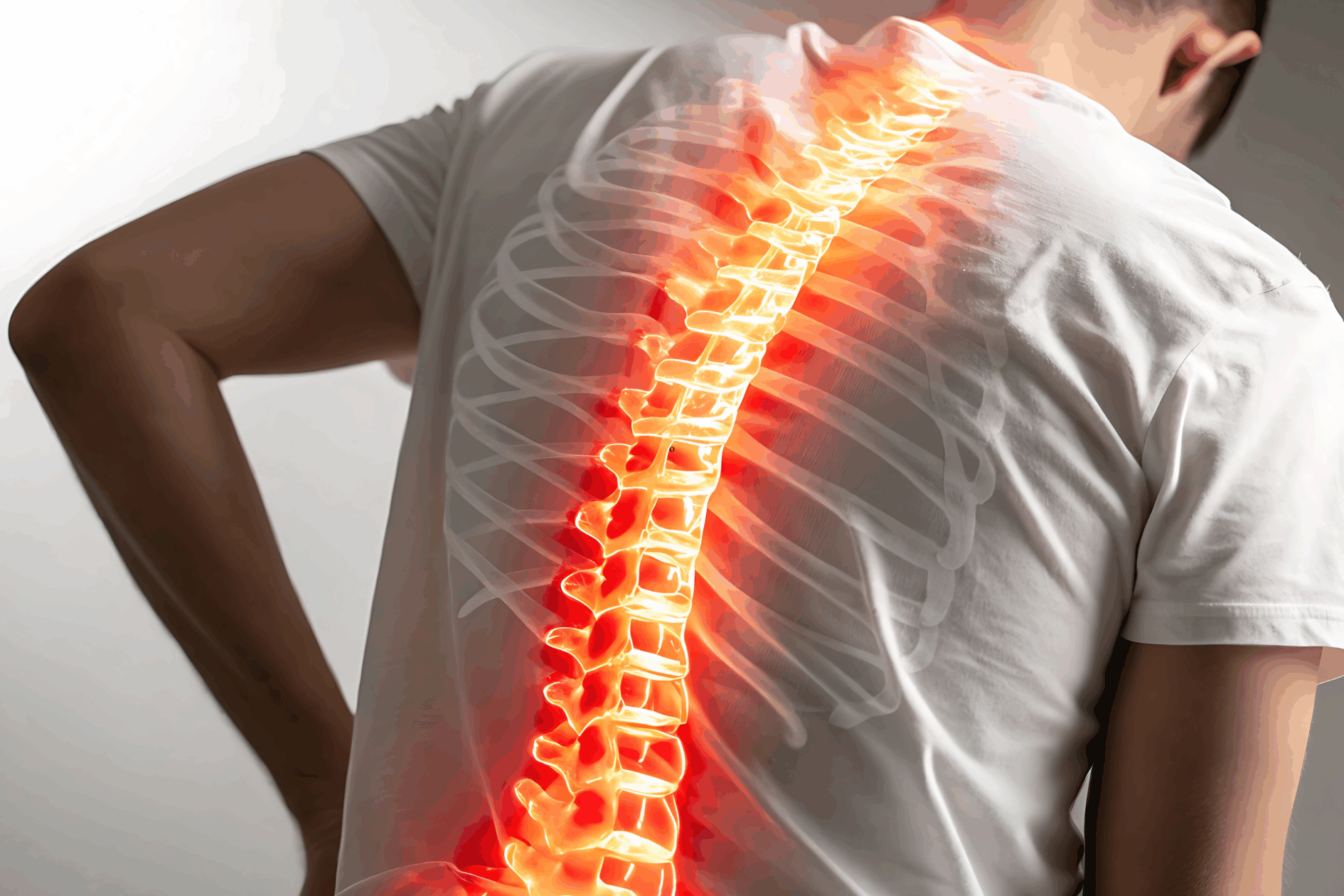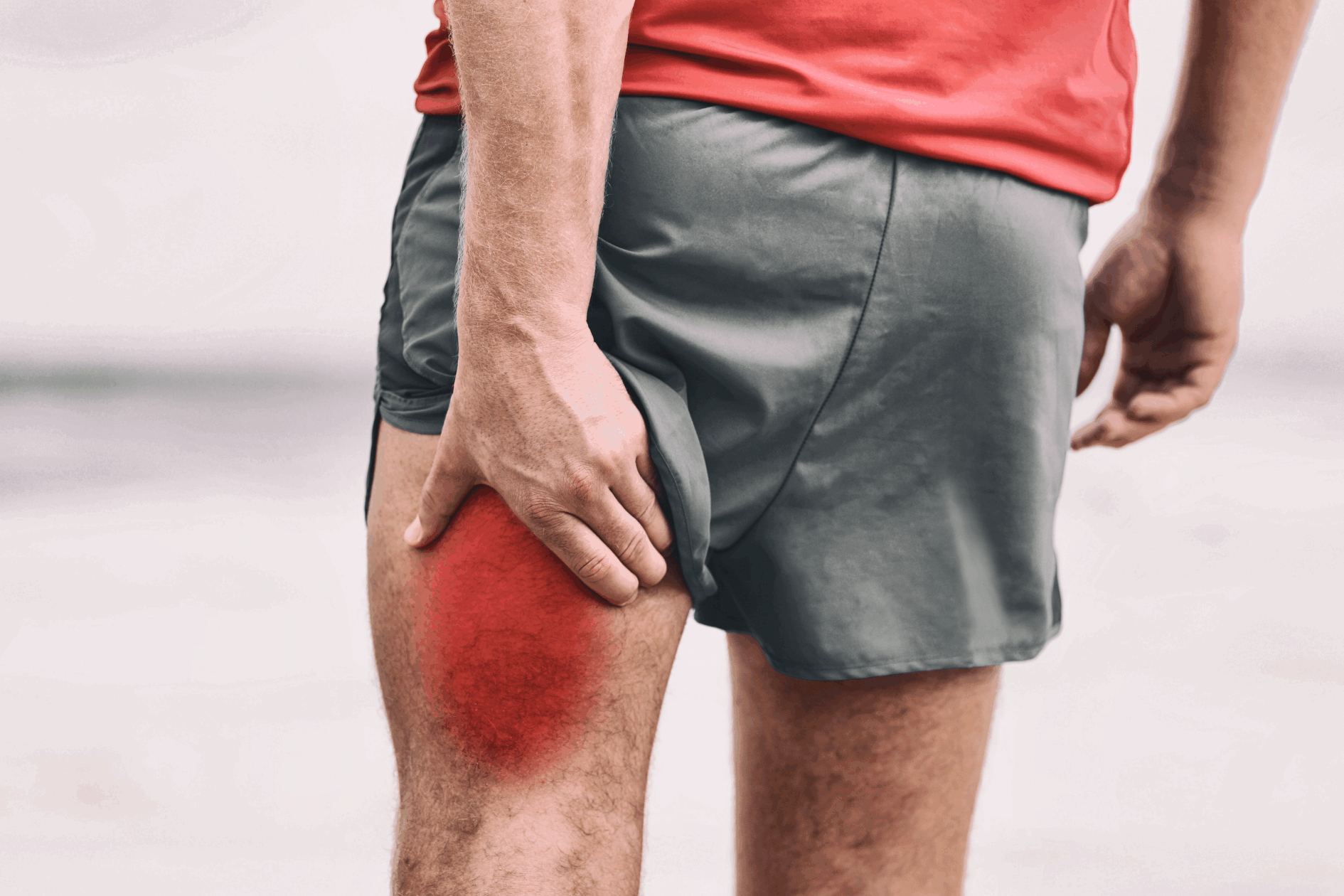As we age, our bodies undergo a natural process of wear and tear, and one of the most impacted areas is the spine. From supporting our weight to allowing flexible movement, the spine plays a critical role in our daily lives. Unfortunately, age-related changes such as spinal disc degeneration, arthritis, and reduced bone density can contribute to back pain, stiffness, and limited mobility.
The good news? Many of these issues are preventable—or at least manageable—with proactive care. Maintaining spinal health is not just about preventing pain; it’s about preserving your quality of life, independence, and physical function well into your later years.
In this post, we’ll explore practical strategies to keep your spine healthy as you age.
Tips to Keep Your Spine Healthy As You Age
1. Understand the Aging Spine
Before diving into prevention, it helps to understand what happens to the spine over time:
-
Disc Degeneration: Intervertebral discs lose water content and elasticity, reducing their shock-absorbing abilities.
-
Loss of Bone Density: Especially in women after menopause, bones can become brittle (osteoporosis), increasing the risk of compression fractures.
-
Joint Stiffness: Facet joints between vertebrae may become arthritic, limiting mobility.
-
Postural Changes: Kyphosis (a forward rounding of the upper back) and other posture issues become more common with age and muscle weakening.
These changes can lead to chronic pain, balance issues, and a reduced ability to perform everyday tasks. However, aging doesn’t have to mean disability.
2. Stay Active With Regular Exercise
Physical activity is the cornerstone of spinal health.
Best Exercises for Spinal Health:
-
Walking: Low-impact, improves circulation, promotes flexibility, and strengthens core muscles.
-
Swimming or Water Aerobics: These activities offer resistance without putting stress on the spine and joints.
-
Yoga and Pilates: Excellent for improving flexibility, core strength, and posture.
-
Strength Training: Especially for the back, core, and glutes. Stronger muscles support the spine better and reduce the risk of injury.
Tips:
-
Aim for 30 minutes of moderate exercise five times a week.
-
Warm up before and cool down after workouts.
-
Avoid high-impact sports that put excessive strain on the back.
3. Strengthen Your Core Muscles
Your core—the muscles around your trunk, pelvis, and abdomen—is your spine’s support system. Weak core muscles force the spine to do more work, increasing the risk of injury.
Try these core-strengthening exercises:
-
Planks
-
Bird-Dogs
-
Pelvic Tilts
-
Bridges
Engaging in regular core workouts can improve balance, reduce back pain, and promote better posture.
4. Practice Good Posture
Slouching and poor ergonomics can take a toll on your spine over time.
How to Improve Your Posture:
-
Sit upright with your shoulders relaxed and feet flat on the floor.
-
Use ergonomic chairs that support the lower back.
-
Keep screens at eye level to avoid looking down.
-
Stand tall with your ears aligned over your shoulders and hips.
If you work at a desk, invest in an ergonomic workstation setup. This includes proper monitor height, a supportive chair, and a desk that allows your elbows to be at a 90-degree angle.
5. Sleep Right
Sleep is when the body repairs itself, and your spine is no exception.
Spinal Sleep Tips:
-
Sleep on your back or side—not your stomach.
-
Use a mattress that provides the right balance of comfort and support.
-
Use a pillow that supports the natural curve of your neck.
-
For side sleepers, a pillow between the knees helps align the spine.
A poor sleeping position can lead to misalignment and chronic neck or back pain. If you wake up sore often, it may be time to reevaluate your mattress and pillows.
6. Maintain a Healthy Weight
Extra body weight—especially around the abdomen—adds strain on your lower back and shifts your center of gravity, increasing the risk of back pain.
Tips for Maintaining a Healthy Weight:
-
Eat a balanced diet rich in vegetables, lean proteins, whole grains, and healthy fats.
-
Limit sugar and processed foods.
-
Stay active with regular exercise.
-
Practice portion control and mindful eating.
Even a small reduction in weight can significantly ease pressure on your spine and joints.
7. Don’t Ignore Back Pain
Occasional back pain is common, but persistent or worsening pain should never be ignored—especially as you age.
When to See a Professional:
-
Pain lasting more than a few weeks.
-
Pain that radiates into your arms or legs.
-
Numbness, tingling, or weakness.
-
Sudden loss of bladder or bowel control (seek emergency help).
Early intervention can prevent small issues from becoming chronic problems. Physical therapy, chiropractic care, or other conservative treatments can often resolve or manage symptoms effectively.
8. Avoid Prolonged Sitting
Sedentary lifestyles are a major contributor to spinal problems. Sitting for long periods weakens the muscles that support your spine and can compress spinal discs.
Strategies to Reduce Sitting:
-
Stand or walk around for a few minutes every 30 minutes.
-
Use a standing desk if possible.
-
Take walking meetings.
-
Do stretching exercises during breaks.
Simple changes in your daily habits can help offset the dangers of prolonged sitting.
9. Lift Properly
Improper lifting techniques can cause herniated discs or muscle strains—issues that become harder to heal as you age.
Safe Lifting Techniques:
-
Bend at the knees, not the waist.
-
Keep the load close to your body.
-
Don’t twist your torso while lifting.
-
Ask for help if the object is too heavy.
Use tools like carts or dollies when needed to prevent unnecessary strain on your back.
10. Stay Hydrated and Nourished
Discs in your spine need water to stay plump and functional. Dehydration can lead to disc shrinkage and increase your risk of injury.
Nutrition and Hydration Tips:
-
Drink at least 8 glasses of water a day.
-
Include calcium and vitamin D in your diet to support bone health.
-
Foods rich in magnesium, vitamin K, and omega-3s also benefit spinal health.
A well-hydrated and well-nourished body supports better mobility, healing, and longevity.
11. Get Regular Checkups
Preventive care is key. Regular checkups with your primary care provider, chiropractor, or physical therapist can help identify and treat spinal issues early.
Consider:
-
Bone density scans if you’re at risk for osteoporosis.
-
Postural assessments.
-
Physical therapy consultations for pain or imbalance.
Your healthcare team can help you tailor a spine-care plan that matches your age, fitness level, and medical history.
Keeping Your Spine Healthy for a Better Future
Spinal health is not something we should take for granted—especially as we get older. The habits you adopt now will greatly influence how mobile, pain-free, and independent you are in the years to come.
The keys to a healthy spine are simple but powerful: stay active, build strength, practice good posture, eat well, and don’t ignore warning signs. With a proactive approach, and under the guidance of a healthcare provider, you can age gracefully with a strong, resilient spine that supports the life you want to live.
Your spine supports you every day—make sure you return the favor.
Related Posts
Minimally Invasive Spine Procedures 101: What Patients Ought to Know
Living with chronic back or neck pain can take a serious toll on your quality of life. For many patients, traditional…
Managing Muscle Strains from Backyard Workouts in Scorching Heat
When summer rolls around, the combination of longer days, warmer temperatures, and the appeal of outdoor fitness often…



